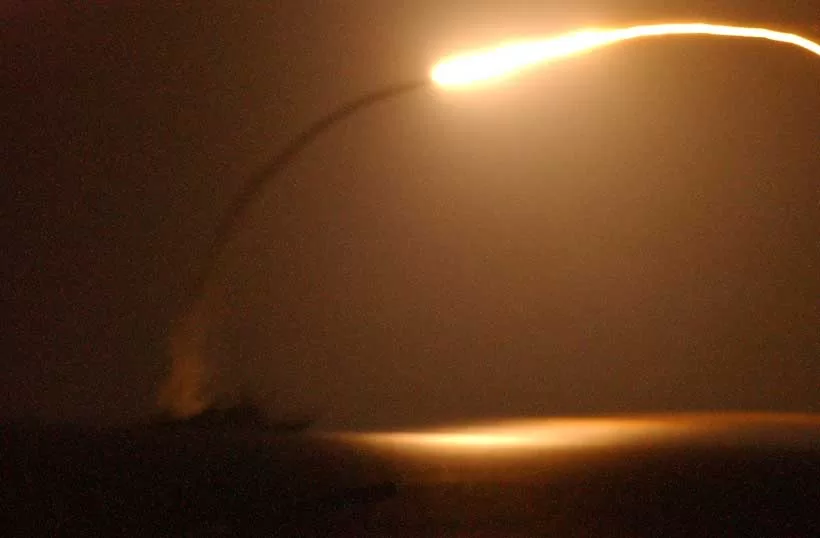The Russia-Ukraine conflict is a cataclysmic event for Europe and the world due to its impact on the global economy and politics. For a continent such as Europe that was not in the throes of a major interstate conflict after WWII, barring an interregnum of intra-state conflict in the Balkans after the dissolution of Yugoslavia, this conflict emerged as a bolt from the blue.
The conflict had a transformational impact on the regional economy and global politics. Blocking the energy pipelines from Russia to Europe forced European economies to rely on alternative sources from North America and the Middle East.
The Russian attack on Ukraine elicited a very puissant response from the US-led NATO alliance and the Ukrainians themselves. The US-led West opened its coffers for munificent funding of the Ukrainian war effort in defense of their homeland. So far the USA has sent arms worth $61.3 Billion to Ukraine with the latest tranche of F-16 fighter jets recently approved by the Biden administration.
The Russia-Ukraine war showcases the sixth-generation war with increased reliance on robotics, drone warfare, cyber-attacks, artificial intelligence, and long-range precision weaponry. Fearful of the Russian juggernaut, the Ukrainians started angling for missile warfare employing long-range missiles. The statement by Ukrainian President Zelensky during the UN ‘Summit of the Future’ said that he had a plan for the final victory that entailed the use of long-range missiles on Russian targets outside of Russia. The statement elicited an aggressive response by Putin who announced a change in Russia’s nuclear doctrine to threaten a nuclear attack on any non-nuclear state supported by another nuclear state supported by another nuclear state that targeted Russia through its missiles.
The above nuclear saber-rattling by Russia has added a dangerous nuclear dimension to a conventional conflict in Europe, a development fraught with portents of a nuclear Armageddon on European soil.
There are important lessons for the world in the sphere of emerging sixth-generation warfare.
Russia and Ukraine’s use of ‘non-contact’ military strategies in the conflict has been an important development in warfare. Consisting of three objectives – defeating the enemy’s army, its economy, and changing its political system – sixth-generation warfare has been of great use to both armies regarding information, cyber, drones, and long-range missiles.
The Russia-Ukraine conflict has showcased strength and power on both sides, mainly due to Western support of Ukraine by providing it with significant amounts of military aid along with real-time military intelligence to help locate Russian targets for its precision munitions. This has caused Ukraine to have an upper hand in some instances during the conflict.
Although the Russian forces’ initial invasion was not successful, the employment of Unmanned Aerial Vehicles (UAVs) for target detection empowered Russia’s artillery systems immensely. Furthermore, Russia’s use of its sensor density and artillery limited Ukraine’s ability to accumulate its forces as a large concentration of them could be detected prematurely and effectively targeted by Russian forces.
Through the use of US-provided HIMARS (High Mobility Artillery Rocket System), Ukraine limited Russia’s ammunition stocks and degraded its artillery superiority. Moreover, Ukraine attacked and destroyed the Seym Bridge during its incursion into the Kursk region with the help of US-provided weapons. Additionally, as reported by Russian officials, Ukraine launched its largest ever drone attack on Russia with 23 over Bryansk, 6 over Belgorod, and 11 over Moscow. Through this, we can observe how deep-attack capabilities are maturing. All tactics and strategies have been carried out to achieve one primary objective: crippling the opponent’s supply of munitions and degrading its military bases. Although this is not something new, we can deduce that achieving superiority in the effectiveness of the strategies and tactics carried out to complete this objective has become essential for victory.
The Russia-Ukrainian war is more than a regional conflict; it is a window into the future of warfare in the 21st century. As the world continues to grapple with the implications of this protracted conflict, the lessons drawn from it will be instrumental in shaping future conflict strategies and international policies. The evolving properties of warfare and the centrality of information dominance are shaping a new paradigm for how conflicts are waged and managed. Understanding these dynamics is essential for policymakers, military strategists, and global leaders as they navigate the complex landscape of modern geopolitics.
